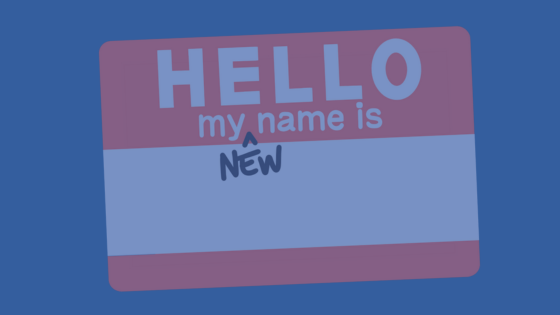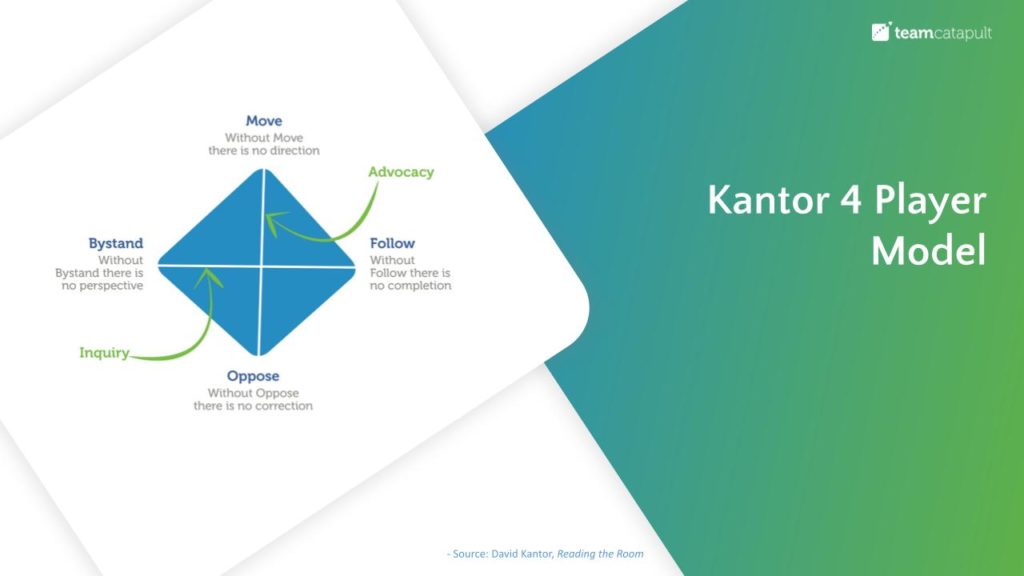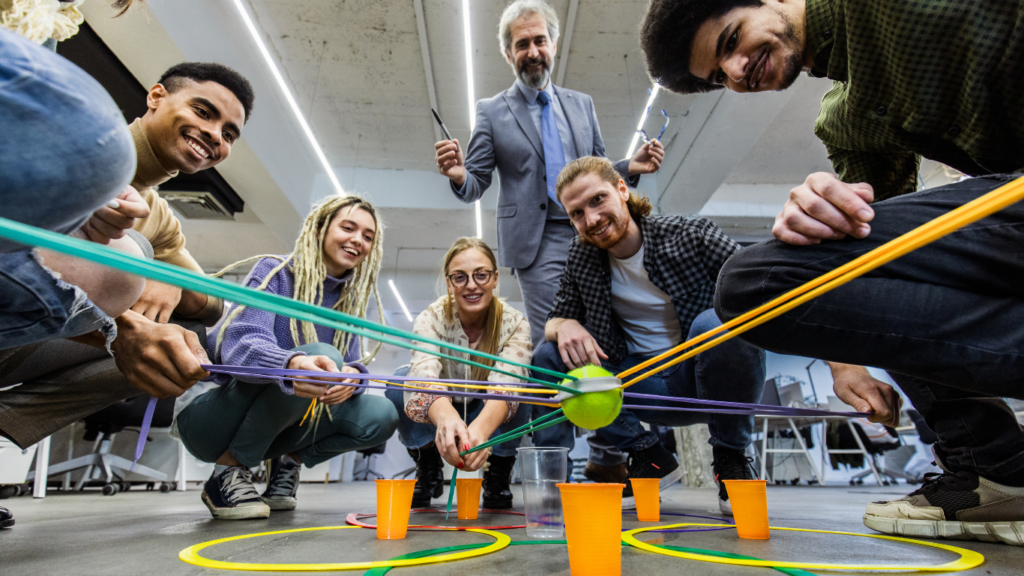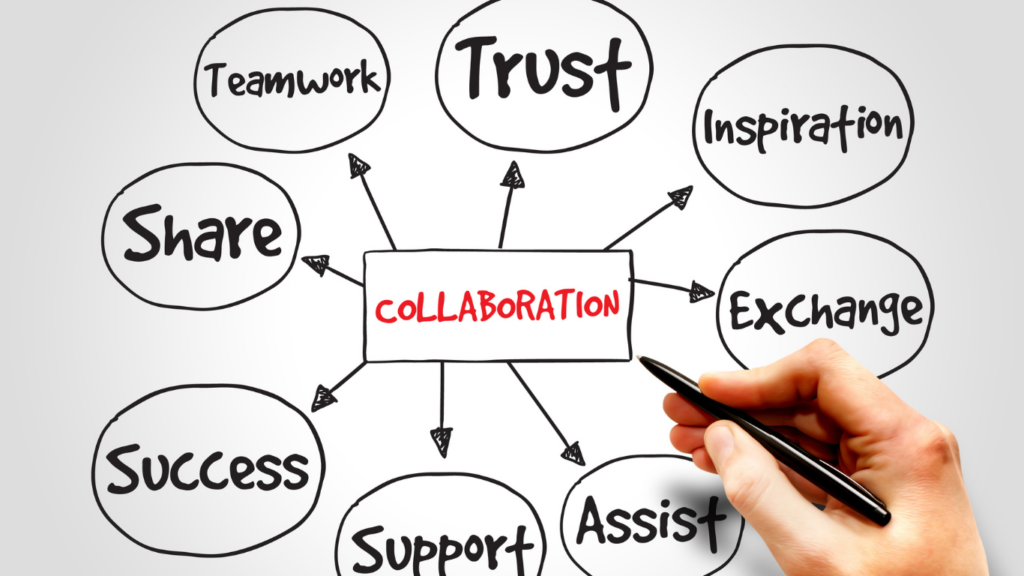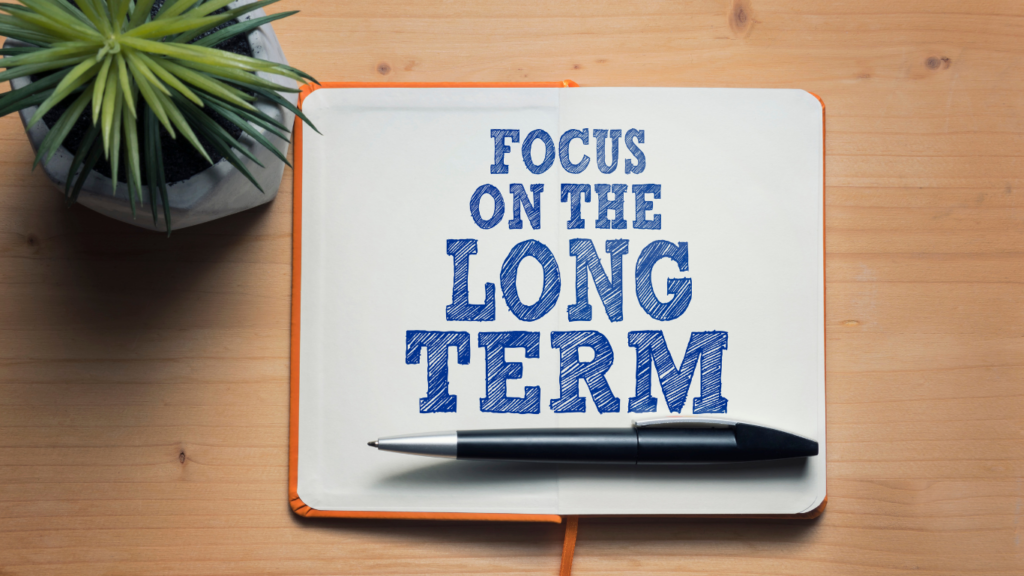Do you want certification in Agile coaching?
Let’s start with the first part of the question raised above. How will you benefit from earning a certificate in agile coaching – or any agile certification for that matter?
There are several clear and immediate benefits that go along with earning certification in agile, as agile certification has become a popular choice for professionals looking to enhance their skills and build stronger, more efficient teams.

A short history of Agile methodology
Agile methodology, in its simplest terms, is an approach to project management that values adaptability, collaboration, and customer satisfaction. Born from the need to find a more flexible and efficient way of creating software, agile was introduced in 2001 through the Agile Manifesto, a set of guiding principles written by seventeen software developers.
They sought a way to make software development teams overcome the rigidity and unpredictability associated with traditional project management, often known as the Waterfall method. Agile methodology provides a solution by using project management experience breaking projects into manageable ‘sprints’, allowing for constant feedback, adjustments, and rapid response to changes. This results in a more productive, dynamic, and collaborative work environment that promotes efficiency and high-quality outcomes.
What does agility look like in the workplace?
Agility in the workplace is embodied by a dynamic and adaptive way of managing tasks and projects. This is typically led by roles like the professional scrum master or the agile project manager, who facilitate the agile transformation within their teams.
As agile scrum masters, they guide agile project teams through the adoption and practice of an agile approach, leveraging their advanced Agile experience. Employee engagement is notably high in agile environments, as the approach fosters a working experience that values collaboration, innovation, and the collective progress of the team.
Managing tasks is fluid and flexible, allowing teams to quickly adapt, pivot and complete tasks effectively. Preparation is continuous and iterative, qualifying the team for the next sprint even as the current one progresses.
Agility in the workplace is a manifestation of an environment that’s flexible, adaptable, and focused on constant progress, all critical elements of the Agile experience.

The basic understanding of Agile and its methodologies
Agility in leadership often begins with a basic understanding of Agile methodologies, but mastering it typically involves going beyond the basics, with many leaders pursuing certification. Successfully completing Agile leadership certification provides them with the knowledge and skills to guide their teams effectively within an Agile framework.
Agile leadership is not only for project managers!
Agile leadership is essential not only for project managers, team leaders and teams but also extends to all managers and senior management. Embracing agility at all levels of leadership ensures a cohesive and agile team, nimble approach, and agile approaches to management that align with the core principles of Agile methodology.
What is agility in leadership?
Agility in leadership refers to a style of leadership where facilitation and collaboration are at the forefront. Agile leaders, often holding roles such as scrum master or agile project manager, embrace the principles of the Agile philosophy in their leadership approach.
They are prepared to pivot quickly, adapting to changing circumstances for the beneficial outcome of their teams and projects.

Are Scrum Masters Agile coaches?
While Scrum Masters and Agile Coaches both operate within the realm of agile, they are not the same. A Scrum Master primarily serves a single team, ensuring that the team follows the principles and practices of Scrum, one of many frameworks. Their role involves removing obstacles that hinder the agile team’s progress, facilitating communication, and promoting a conducive environment for efficient work.
On the other hand, an Agile Coach often works at a higher level, engaging with multiple teams and sometimes even with the entire organization. They help in the broader Agile transformation process, providing guidance, training, and support to people at different levels, including senior leadership. The Agile Coach role goes beyond the scope of Scrum to encompass a wider array of Agile methodologies.
In essence, while all Scrum Masters work within an Agile context, their role is more specialized and team-focused, and they are not necessarily equipped to handle the broader organizational responsibilities of an Agile Coach.
Investing your time and resources in Agile certification
Here are 5 reasons for investing time, effort, and resources in agile projects and other more agile practices and certifications too.
-
Enhanced Understanding of Agile Principles
First and foremost, an Agile certification equips you with a deep understanding of Agile principles and methodologies. This knowledge is not just theoretical – it’s also practical, giving you the skills to apply these principles in real-world scenarios. You’ll understand how to effectively manage workflow, enhance productivity, and respond to changes in a project quickly and efficiently. This immediate comprehension of Agile concepts can set you apart in your current role, opening the door for further professional growth.
-
Recognition and Credibility
Acquiring an Agile certification gives you instant credibility. This is a globally recognized qualification, signaling to colleagues and employers that you are committed to your professional development and have a solid grasp of Agile practices. It can position you as an expert in your field, even if you’re relatively new to Agile. The recognition that comes with a certificate can instantly elevate your status within your professional network.
-
Competitive Advantage
In an increasingly competitive job market, having an Agile certification can give you an edge. It serves as a testament to your skills, commitment, and understanding of Agile principles, making you an attractive candidate for employers seeking to implement or enhance Agile methodology in their organizations.
It’s a clear differentiator that can make you stand out from the crowd when it comes to job applications or promotions.
-
Improved Communication and Leadership Skills
Agile coaching certification in particular not only focuses on Agile methodologies but also includes training in communication and leadership. As an Agile coach, you’ll need to effectively facilitate communication among team members, resolve conflicts, and inspire others to work towards a common goal. These skills are universally valuable, and being certified can help to highlight these strengths in your professional role.
-
Networking Opportunities
Finally, earning your certification connects you with a community of Agile professionals. This global network can provide support, share insights, and even present job opportunities. You’ll find yourself immediately immersed in a group of like-minded individuals, allowing you to share experiences, ask questions, and learn from others who are also utilizing Agile methods.
Agile coaching; a path to proficiency in leadership
Agile leaders, current project managers, senior management, and those in leadership positions, must understand how gaining certification plays a critical role in an individual’s career path, acting as a stepping stone toward proficiency and expertise in agile transformation.

What are the benefits of agile certifications?
A well-developed certification program offers comprehensive training on the implementation of various Agile frameworks, fostering mastery of skills necessary for overseeing, guiding, and directing an Agile transformation successfully.
The best Agile certifications not only develop your implementation capabilities but also widen your leadership range, enabling you to handle diverse teams and projects with efficiency.
Acquiring an Agile certification enhances your proficiency in the Agile domain, aids in developing your expertise in scaled Agile concepts, agile framework,, and career opportunities, and elevates your career path to new heights of mastery.
Are Agile certifications worth it?
Agile Certifications are indeed worth considering if you aspire to take your professional skills to the next level. The training courses involved in these certifications impart a wide range of new skills that contribute to your mastery of Agile methodologies.
By working towards and achieving these certifications, individuals gain the confidence deep knowledge needed to apply Agile principles and practices effectively in various work environments.
Certifications validate your knowledge and qualifications, providing tangible proof of your understanding and capabilities in Agile frameworks.
Agile certifications build your skill set
Whether you’re an emerging leader looking to get a foothold in your industry or an established manager wishing to expand your responsibilities, Agile Certifications can equip you with the tools and techniques you need to lead with efficiency and adaptability.
Leadership capabilities are another major gain. These certifications are designed to cultivate essential leadership traits such as strategic thinking, team collaboration, and effective communication.
They mold you into a new kind of leader, one who can navigate change, inspire innovation, and drive productivity in an Agile environment.
As you grow your skillset through these training course certifications, you contribute to your ongoing professional development. Learning doesn’t stop at the end of the first training course or certification course – implementing the newly acquired skills and knowledge into your everyday work provides an avenue for continuous learning and improvement.
We believe Agile certifications are a valuable investment for those who wish to become proficient in Agile methodologies, advance their careers, and effectively take on greater responsibilities in the ever-evolving world of work.

What is the most popular Agile certification?
Scrum is the most popular certified agile project management name and framework according to the Scrum Alliance. Sixty-one percent (62%) of respondents in 75 countries reported using it. This is most likely why Scrum certification is one of the most widely used and used certified agile project certifications.
Other popular Agile certifications
In addition to Scrum Master certifications, there are several other popular certifications that professionals can consider to enhance their skills and expertise in Agile methodology:
- Certified Agile Leadership (CAL): This certification, offered by Scrum Alliance, focuses on developing leadership skills within the Agile context. It prepares leaders to facilitate the Agile transformation in their organizations and cultivate an Agile mindset among their teams.
- SAFe® Agilist (SA): The Scaled Agile Framework (SAFe) is a popular choice for large organizations working with multiple teams. SAFe Agilist certification provides an understanding of how to apply Agile, Lean, and Product Development Flow principles at the enterprise level.
- Professional Agile Leadership (PAL I): Offered by Scrum.org, this certification is designed for managers and leaders who want to extend their professional agility, promoting improved response to change and better stakeholder satisfaction.
- ICAgile Certified Professional (ICP): This is a foundational course for professionals beginning their journey into Agile. It covers Agile history, mindset, and methodologies, providing a solid start for further Agile studies.
- Project Management Institute – Agile Certified Practitioner (PMI-ACP): This certification by PMI is globally recognized and demonstrates a practitioner’s ability to understand and apply Agile principles and practices.
Each of these certifications offers unique benefits and focus areas, making them suitable for different career paths within the Agile field. It’s advisable for professionals to carefully evaluate the requirements, curriculum, and potential benefits of each certification to determine the most suitable one for their individual career objectives.
What certifications and workshops does TeamCatapult offer?
Whether you are just starting out in your career, or are a master at your craft we have just the right resources to help you along the way to help you become the leader you were meant to be all along!
We offer three distinct journeys.
How do you currently self-identify?
- Facilitator/Scrum master
- Agile Coach
- Leader/Executive
Agile certification for those in an upcoming leadership role
Path 1 – Lead Collaboration & Change in Agile Teams
International Consortium in Agile (ICAgile) certifications:
- Agile Team Facilitation Workshop
- Agile Coaching
- Coaching Agility From Within Cohort
Path 2 – Specialized Skill Development
- Virtual Facilitation Masterclass
- Facilitating Engaging Retrospectives Workshop
Path 3 – Lead Through Conflict and Change
International Coaching Federation (ICF) certification:
- Making Behavioral Change Happen Workshop
In partnership with Dialogix:
- Changing Behavior in High Stakes Workshop
Certification in Agile coaching
Coaching is a powerful form of leadership — and a cornerstone competency when you’re ready to be leading teams to harness the full potential of an agile mindset.
TeamCatapultt offers Agile Coaching Certification through ICAgile certified professional certification exam.
Our Agile Coaching workshop enables you to build the expertise and consciousness required to inspire and bolster your teams and groups. Revolutionize your leadership with impactful coaching by earning a certificate in agile coaching!

How Agile coaches like you grow after certification!
After achieving your certificate in agile coaching, you embark on a journey of continued growth and development. Leveraging your newly acquired knowledge and skills, you drive the agile transformation within your organization, facilitating the efficient operation of Agile project teams.
As your working experience in Agile environments expands, you continually improve your expertise, qualifying you to handle more advanced and complex Agile projects.
The certification acts as a springboard, preparing you to master more challenging roles and responsibilities. You continue to practice the Agile philosophy, adapting it in different contexts and honing your skills in managing tasks and projects.
Employee engagement becomes your primary focus as you work on enhancing the collaborative nature of your teams.
Your growth after certification is a journey of ongoing learning, refining your mastery over the Agile approach, and staying adaptable in the face of change.
An invite to learn more about the ‘Coaching Agility From Within‘ Cohort
If you are an agile coach ready to learn more, implement more, and grow in your leadership and facilitation skills, you need to check out our cohort.
Our cohort is designed for agile coaches like you who are ready for that next step; mastery in agile coaching. They are ready to grow. They are ready to put in the work, and they are ready to lead! Are you? Join us!







